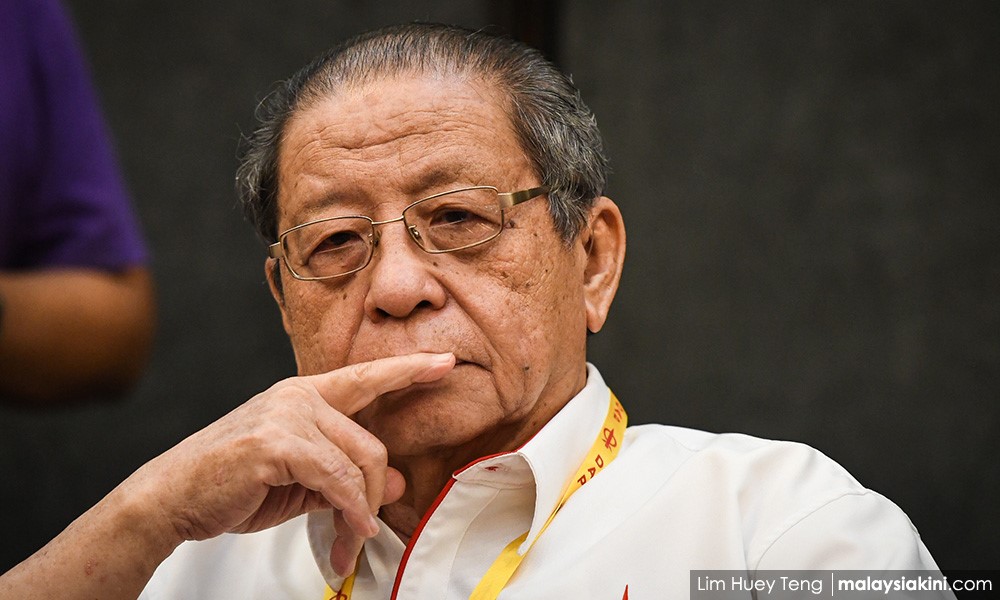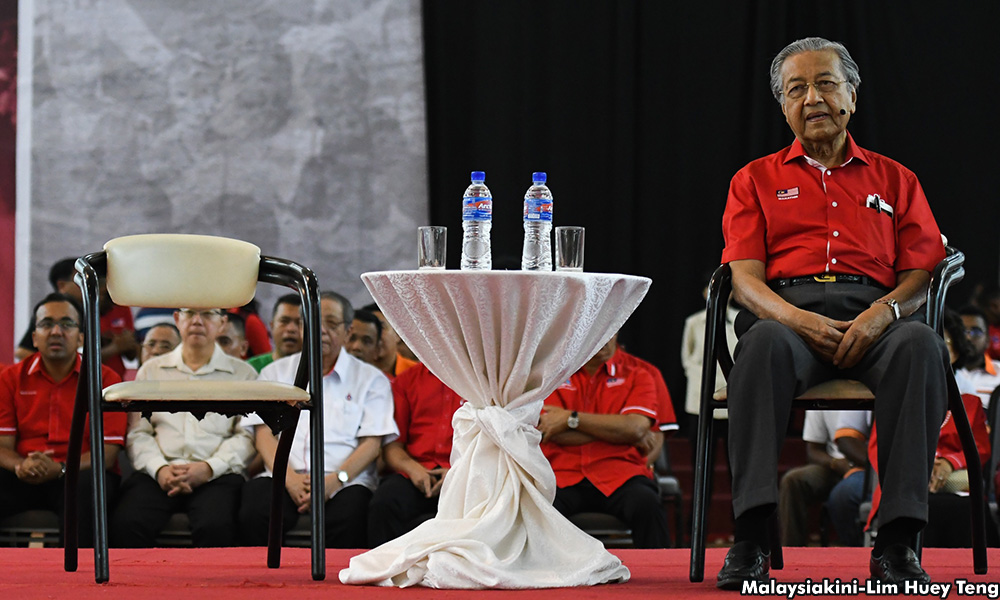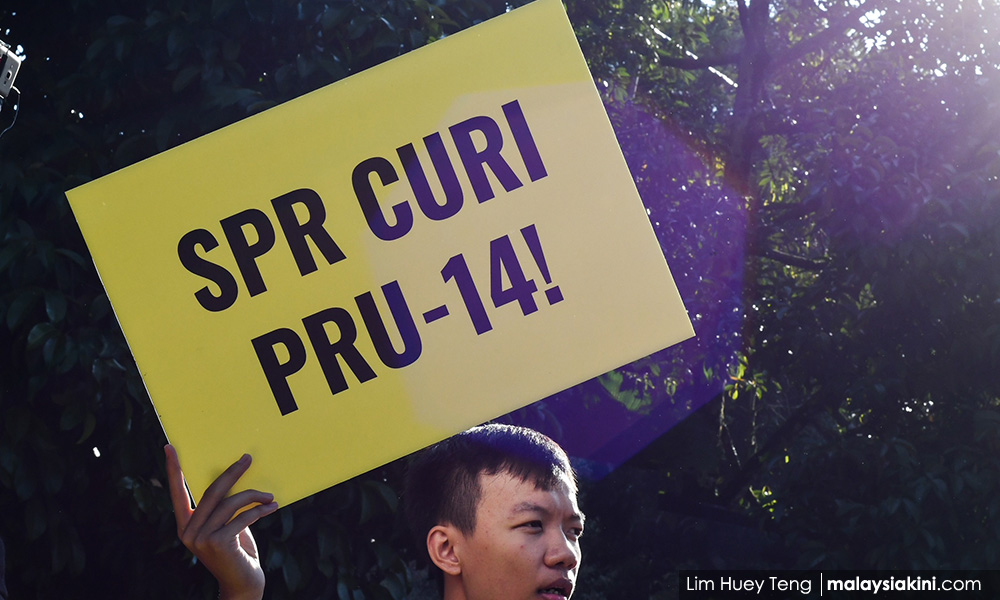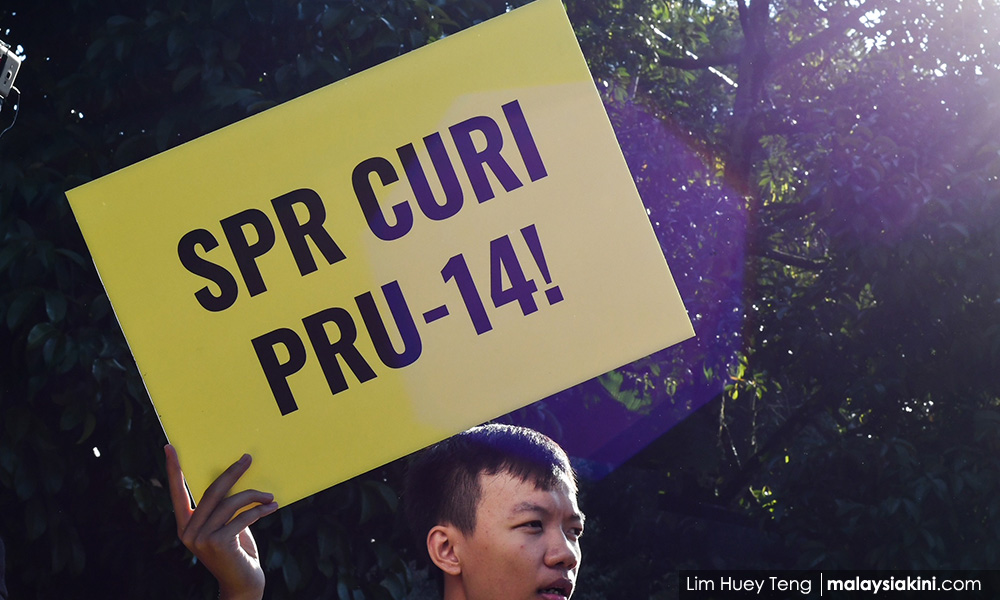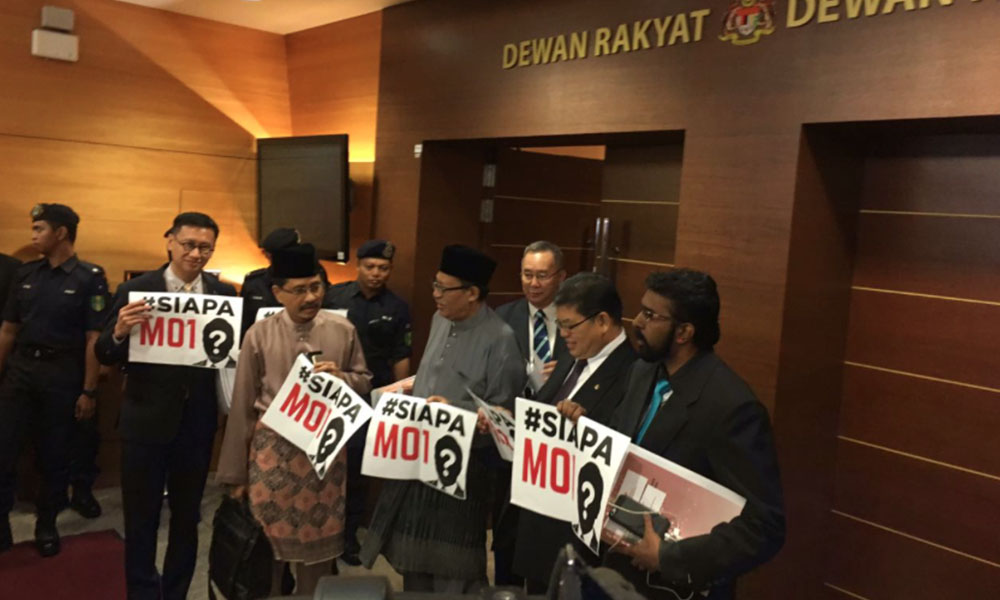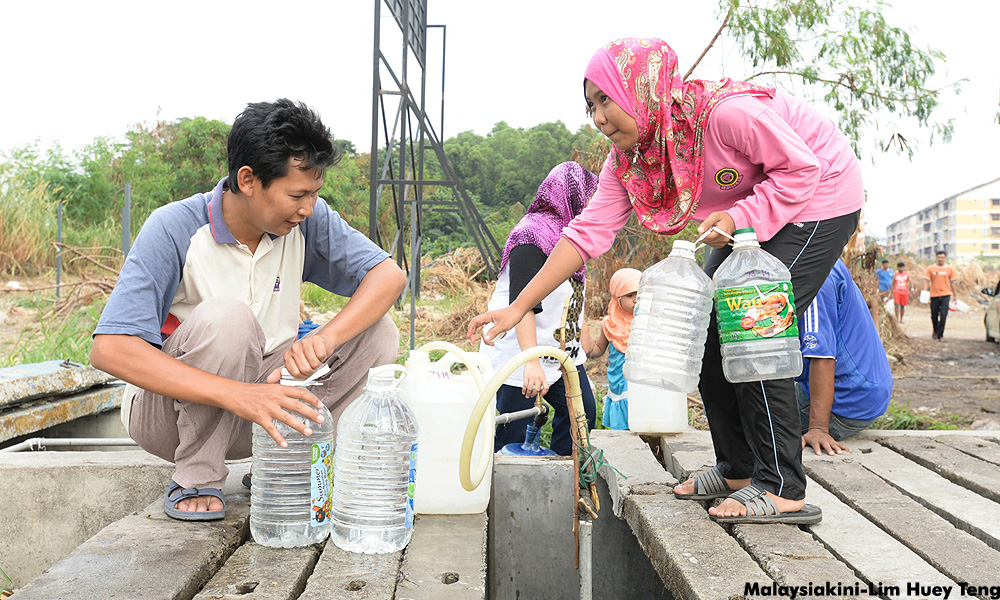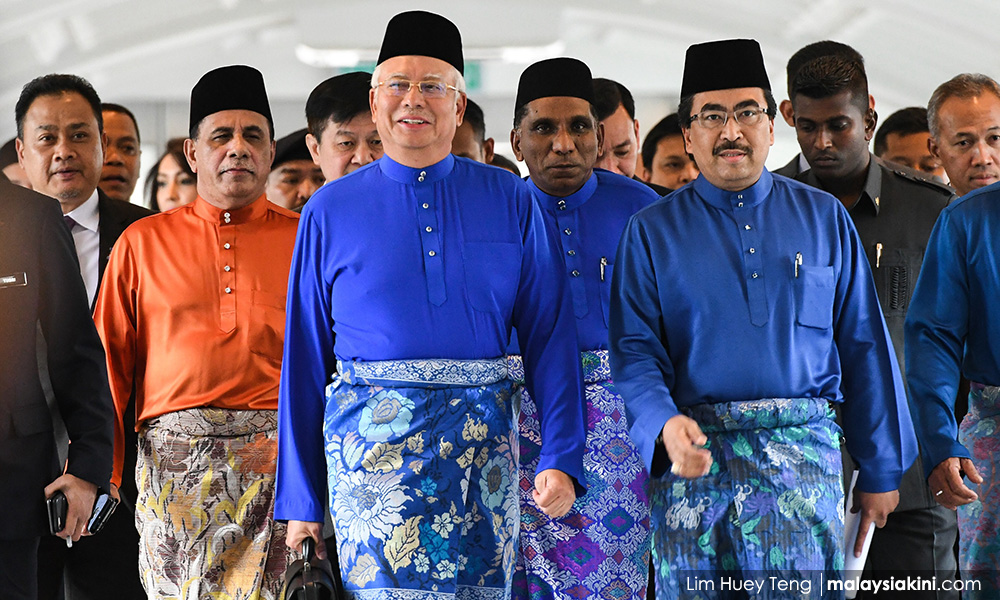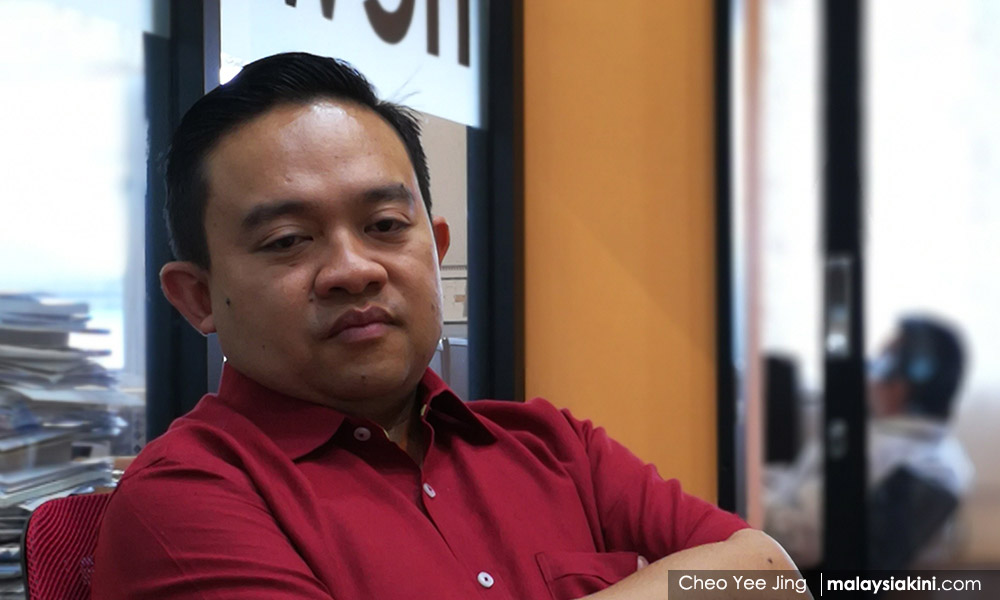 [-KJ. John, April 3, 2012]
[-KJ. John, April 3, 2012]What kind of real or new high-skilled employment is actually generated by the project that it qualifies for a pioneer status of 12 years?
What really is the value add for Malaysian strategic interests, other than the obvious rent-seeking behaviour of local partners; cronies, or otherwise? Does a deputy minister’s brother really have a stake in this project? Why are the Australian owners dumping their rejected project and residuals into Malaysia?
No one really questions the demand or marketability of the final outputs; but, the most serious questions remains the waste generated; and my question is, why in Malaysia, and why in Kuantan?
When with Miti, I was in charge of industrial policy, and we developed and launched the Second Industrial Master Plan or what was labelled as the IMP2. The underlying theme of both the first and second IMPs was the growth and acceleration of the manufacturing industry through value adding clusters of industries within Malaysia.
Under the IMP1 it was low value added of labour and land, with a focus on capital investments (and technology) in the 12 subsectors of the selected industries. IMP2 consequently argued for raising the value added, “by moving up the value-chain” either on the research end of the continuum or at the marketing and distribution end. The primary focus of the manufacturing sector remained the traditional industrial and manufacturing industries.
The IMP3 is the latest strategic 15-year plan for the manufacturing sector from 2006 to 2020. It focuses on the development and growth of both the manufacturing and services sector industries in Malaysia.
The services sector is anticipated to overtake the manufacturing sector in terms of value added. Therefore and consistent with this strategic intent, the Malaysian Industrial Development Authority has even been renamed the Malaysia Investment Development Authority.
But surely this does not mean we close our eyes and take in any kind of non-quality investment, especially investments that give little or poor value added to our existing industrial clusters. Surely we do not want industries that come in still for cheap labour and land.
Therefore my many questions about the Lynas plant remain and I believe that this may become another “failed coup” between government-to-government relations between Australia and Malaysia. The refugee exchange plan was shot down under international law and requisite conditionalities.
Feaf factor heightened by Fukushima
What is the real value add for the community in Kuantan; other than the insertion of fear of the possibility of some kind of potential nuclear disaster in the future? The fear factor has been further heightened by the Fukushima nuclear plants disaster caused almost entirely by a totally unanticipated tsunami factor.
 Even the meticulous Japanese did not fully anticipate the recent extent of the nuclear disaster. So, why do we think we are better?
Even the meticulous Japanese did not fully anticipate the recent extent of the nuclear disaster. So, why do we think we are better?
Have we really learned anything from the Look East Policy?
Who then are the real and ultimate stakeholders of this risky venture, if not the local community? It is not our petrochemical cluster of industries? Neither is it our electrical and electronics (E&E) cluster and related industries? Where then in the IMP3 is the strategic nature of the Lynas-type rare earths a preferred and promoted investment? I searched and could not find it.
What is really so unique about Kuantan as a location for the plant, other than her history as a gold-mining wasteland to maybe justify the plant to be located there. But why then is the plant not located in continental Australia instead where they have plenty of wasteland?
Probably the most important but not well understood and unanswered question relates to the toxicity of the waste. How much real waste is actually generated and how poor is the quality of the particular kind of waste? Where and how is all this waste going to be stored; both temporarily and for the longer term? Why is this waste issue only being seriously addressed now; if an EIA was done?
As Derek Fernandez argued in the Malay Mail, why was the local authority not fully informed about the potential dangers of the waste matter? Why was the respective community-level stakeholders never consulted in the first place as part and parcel of the environmental impact assessment (EIA) report? Was not the most critical constraint the potentially toxicity of the waste?
 Furthermore, given our recorded history of the 1985 Bukit Merah case and the subsequent complete abandonment of that project; why is this sudden interest to supply rare earth processed products from Australia vide Malaysia and ultimately to Japan (I understand) of such interest to Malaysians? The Comsumers Association of Penang (CAP) has already published an entire book on the Bukit Merah Asian Rare Earth project; so, why is there a reversal of views?
Furthermore, given our recorded history of the 1985 Bukit Merah case and the subsequent complete abandonment of that project; why is this sudden interest to supply rare earth processed products from Australia vide Malaysia and ultimately to Japan (I understand) of such interest to Malaysians? The Comsumers Association of Penang (CAP) has already published an entire book on the Bukit Merah Asian Rare Earth project; so, why is there a reversal of views?
We all must have heard by now about the strategic control that China has for the development, control and distribution of this rare-earths capability. Now they control 95 percent of the world market. In that context, what is Malaysia’s strategic role and intent for making a home for this plant in Malaysia? Is there such a strategic intent? If so, what is it?
Private investment interest makes it strategic?
To me, if this was a Khazanah-owned plant for the strategic supply of the requisite rare-earth minerals for the defence of our nation, I could still understand. But, all I hear is that, factual or otherwise, is that one of the children of Mahathir Mohamad has a crony stake in this plant. Does that private investment interest make it strategic enough a project for Malaysia?
The people of Kuantan (especially the children and grandchildren) have to sacrifice their certainties and quality of their life for the sake of some private crony interests of some capitalists? Is it truly so worthwhile for Malaysia and especially for Kuantan?
While I understand and appreciate the challenge of balancing between development interests with the protection, preservation and safety of private investment interests, there is no excuse whatsoever for compromising the different stakeholders’ interests and concerns before the construction of the plant.
What appears rather unfortunate is why the safety, security, and sustainability issues have been put on the back burner until now, when it is too late and the people have raised their serious objections and concerns.
The project could have been dealt with professionally and the communication managed better but it is too late now, because the real costs of unlearning, learning and relearning is too high, and while this need not become a political project; it has become one almost by poor design and incompetent execution.
Right now, the Green movement in Malaysia has been jumpstarted in Kuantan and they have been joined by the victims of the Bukit Merah accident and incident. Tomorrow this will also become an issue of “the lack of free and fair governance!” When the Green movement joins the Yellow movement under the reign of the hijau-kuning regime, we may be asking for some real trouble in Malaysia.
May God bless Malaysians to make both Bersih and Lynas national issues for this general election and help us be rational with our votes.
KJ JOHN was in public service for 29 years. The views expressed here are his personal views and not those of any institution he is involved with. Write to him at [email protected] with any feedback or views.


